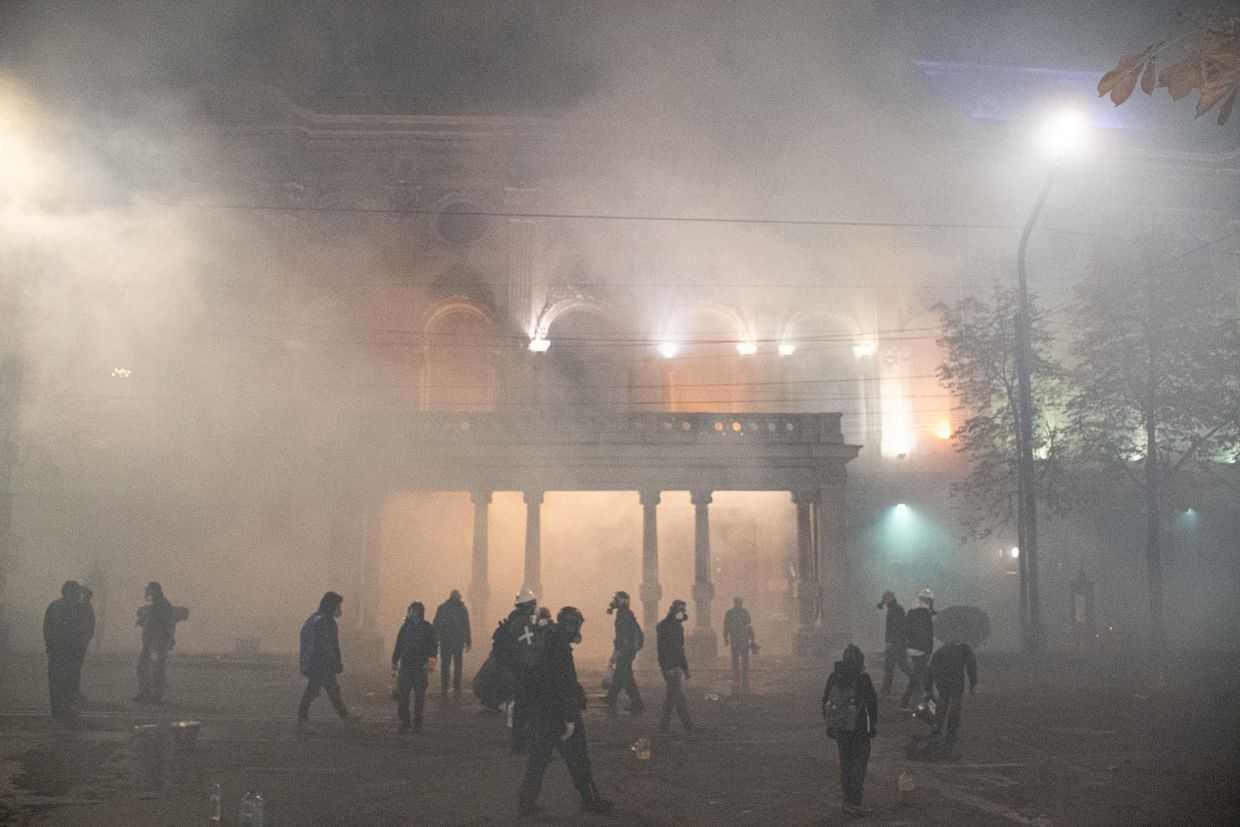
Members’ First Look
Public Release in 3 Days
Breaking the barrel: Armenia’s quiet wine revolution
Across vineyards and wineries, Armenian women are quietly transforming an ancient craft, bringing precision, creativity, and change to the wine world.

Members’ First Look
Public Release in 3 Days
Across vineyards and wineries, Armenian women are quietly transforming an ancient craft, bringing precision, creativity, and change to the wine world.

Testimonies by Georgian protesters highlight their ongoing health impacts, as well as contradictions in the official account of the events.

The women detained during Georgia’s ongoing anti-government protests have reported systematic practices designed to degrade human dignity.

One year on, demonstrators speak to OC Media about why they continue to protest despite increasing government repression.

It has been a year since Georgian Dream announced its EU u-turn, prompting mass protests — OC Media has captured it all.

Georgia gave Hualing extraordinary privileges, but what did the public get?

Georgia’s theatres have been at the forefront of anti-government demonstrations — yet their strike still failed.